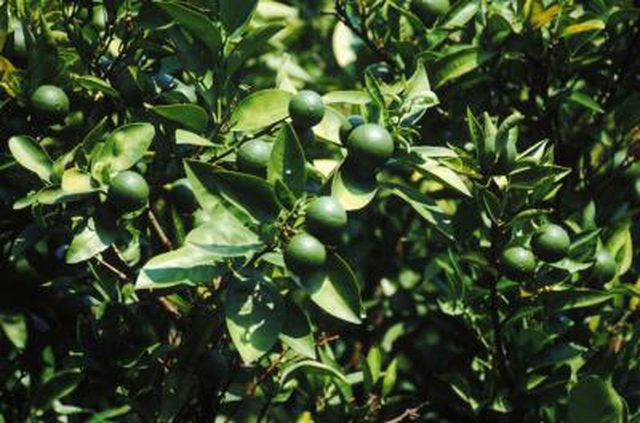Bulbs
Flower Basics
Flower Beds & Specialty Gardens
Flower Garden
Garden Furniture
Garden Gnomes
Garden Seeds
Garden Sheds
Garden Statues
Garden Tools & Supplies
Gardening Basics
Green & Organic
Groundcovers & Vines
Growing Annuals
Growing Basil
Growing Beans
Growing Berries
Growing Blueberries
Growing Cactus
Growing Corn
Growing Cotton
Growing Edibles
Growing Flowers
Growing Garlic
Growing Grapes
Growing Grass
Growing Herbs
Growing Jasmine
Growing Mint
Growing Mushrooms
Orchids
Growing Peanuts
Growing Perennials
Growing Plants
Growing Rosemary
Growing Roses
Growing Strawberries
Growing Sunflowers
Growing Thyme
Growing Tomatoes
Growing Tulips
Growing Vegetables
Herb Basics
Herb Garden
Indoor Growing
Landscaping Basics
Landscaping Patios
Landscaping Plants
Landscaping Shrubs
Landscaping Trees
Landscaping Walks & Pathways
Lawn Basics
Lawn Maintenance
Lawn Mowers
Lawn Ornaments
Lawn Planting
Lawn Tools
Outdoor Growing
Overall Landscape Planning
Pests, Weeds & Problems
Plant Basics
Rock Garden
Rose Garden
Shrubs
Soil
Specialty Gardens
Trees
Vegetable Garden
Yard Maintenance
How to Care for a Lime Tree With Curled Leaves
How to Care for a Lime Tree With Curled Leaves. Curled leaves on a lime tree can indicate several different problems. Curled leaves could be caused by leaf miner, aphid, leaf curl or cold damage. You’ll need to diagnose exactly what is causing the curled leaves on your lime tree. The way you treat and care for your lime tree will depend on...

Curled leaves on a lime tree can indicate several different problems. Curled leaves could be caused by leaf miner, aphid, leaf curl or cold damage. You’ll need to diagnose exactly what is causing the curled leaves on your lime tree. The way you treat and care for your lime tree will depend on the root of the problem. Although some causes of curled leaves are merely eyesores and won’t harm fruit production or the lime tree’s health, other afflictions can kill your lime tree if left untreated.
Things You'll Need
Insecticidal soap
Garden hose
Horticulture oil or insecticide
Copper-based fungicide
Move your potted lime tree to a warmer or sunnier location if the curled leaves have reddish-brown spots on the backs of them. In this case, the curled lime tree leaves are a symptom of cold damage.
Cleanse the leaves of your lime tree with an insecticidal soap and forceful sprays of water from a hose if the curled leaves have small, needle-like holes in them. This is a sign of aphid damage.
Spray your lime tree with horticulture oil or an insecticide and remove the damaged leaves if the curled leaves appear to have squiggly lines going through them. This indicates a citrus leaf miner infestation, which is more harmful to young lime trees than established trees.
Treat your lime tree with a fungicide that contains at least 50 percent copper, such as a Bordeaux mixture, if the curled leaves have reddish spots on developing leaves or have turned yellowish-gray or brown and velvety. These are symptoms of leaf curl, a fungus that affects the leaves, stems and twigs of citrus trees. Apply the fungicide in November and in early spring, before the buds begin to swell.
Tips & Warnings
If your lime tree with curled leaves appears to be suffering from cold damage and is planted in the ground, you may need to transplant it into a pot or a warmer location.
To treat a leaf miner infestation, be sure to spray your young lime tree with the insecticide or horticulture oil every time new growth appears on the tree.
Always follow the directions exactly when using insecticides and other horticultural chemicals, including the instructions on how to properly discard the unused portion and packaging.